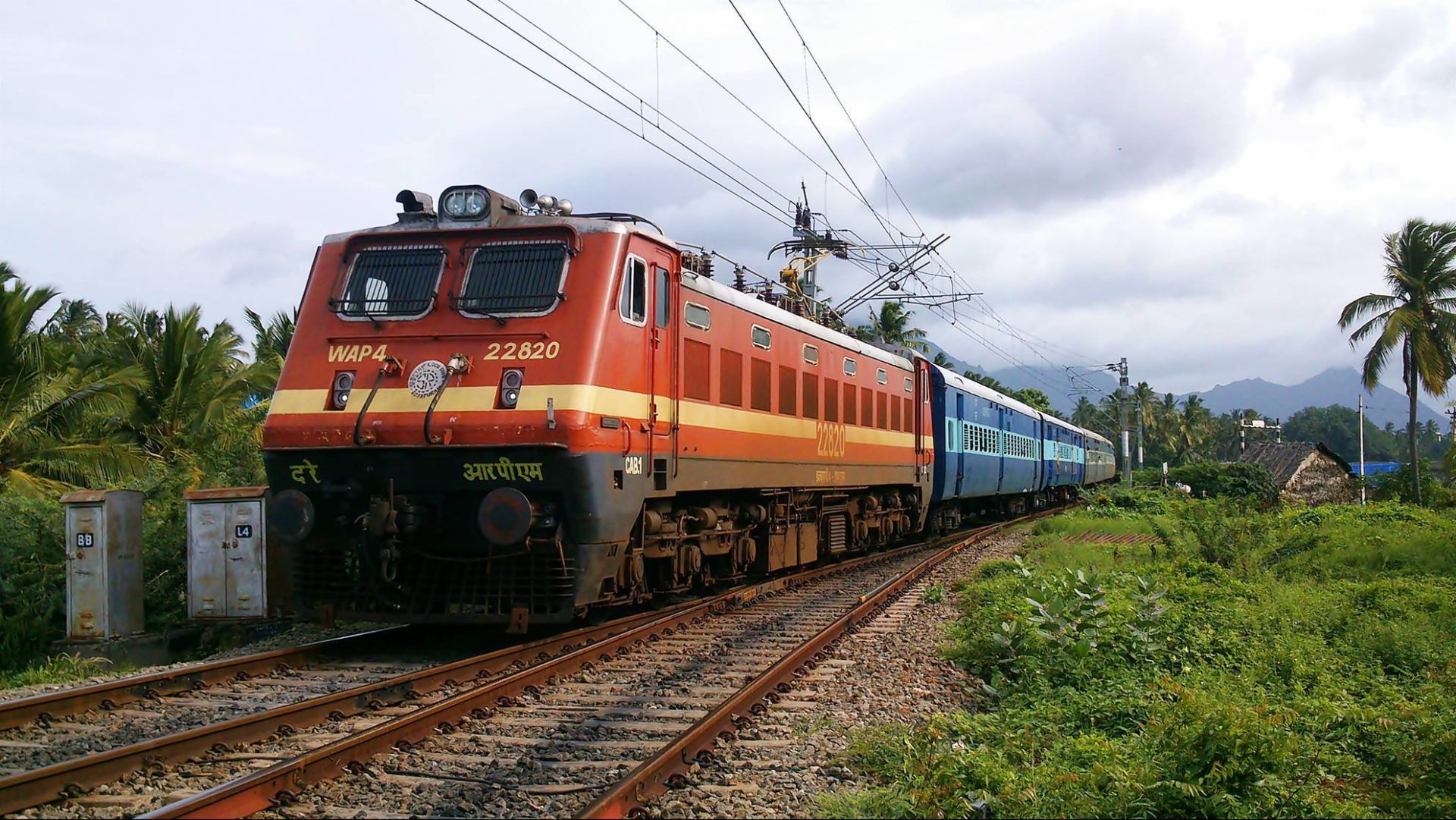The Pune–Nashik railway line is an ambitious infrastructure project aimed at enhancing connectivity between two major industrial hubs in Maharashtra—Pune and Nashik. Designed as a semi high-speed rail corridor, this project will significantly cut down travel time between the two cities, while fostering regional economic development and providing improved access to spiritual and rural destinations.
Project Overview
The proposed railway line spans a distance of approximately 234.6 kilometers, with trains expected to operate at speeds of up to 200 km/h, and provisions in place for future upgrades to 250 km/h. Once operational, it will enable travel between Pune and Nashik in roughly two hours, revolutionizing intercity rail connectivity in Maharashtra.
By linking Pune and Nashik, this rail line will complete the Maharashtra Industrial Triangle—Mumbai, Pune, and Nashik—boosting commerce, trade, and industry across the state. It is expected to benefit both urban and rural economies, particularly supporting growth in areas along the route.
Strategic and Cultural Importance
Apart from economic benefits, the railway line will enhance accessibility to several key spiritual and cultural sites, including:
- Bhimashankar Jyotirlinga
- Vighneshwara Temple, Ojhar (part of the Ashtavinayaka pilgrimage)
- Lenyadri Caves
- Pabal Jain Temple
Additionally, the line will serve emerging industrial zones like Chakan, Rajgurunagar, and Sinnar, providing them with crucial rail connectivity.
Project Execution and Development
The project is being spearheaded by Maharashtra Rail Infrastructure Development Corporation Limited (MRIDC), also known as MAHARAIL. This organization is a joint venture between the Government of Maharashtra and the Ministry of Railways, established to accelerate rail infrastructure development within the state.
In line with its broader vision, MRIDC also plans to develop:
- Private Freight Terminals (PFTs)
- Dry ports
- Multimodal hubs
- Warehousing and sidings These facilities will be set up at locations identified in consultation with local industries, further promoting economic growth.
Current Status and Milestones
- February 2020: The revised Detailed Project Report (DPR) was approved by Indian Railways’ Central Railways division.
- Pending Approval: The DPR is currently awaiting formal approval from the Maharashtra state government.
- June 2021: Land acquisition commenced, targeting around 1458.69 hectares across the project route.
Route and Infrastructure Details
Route Configuration :
- Type: Combination of At-Grade and Elevated sections
- Number of Stations: 24 (13 crossing stations and 11 flag stations)
- Depot Location: Proposed near Nashik Road Railway Station, spread over 15 hectares
Station List :
Pune, Hadapsar, Manjiri, Kolwadi, Wagholi, Alandi, Chakan, Rajgurunagar, Bhorwadi, Manchar, Narayangaon, Alephata, Bota, Jambut, Sakur, Ambhore, Sangamner, Devthan, Chas, Dodi, Sinnar, Mohadari, Shinde, Nashik Road
Key Infrastructure Highlights :
- Land Acquisition: Approx. 1458.69 hectares
- Tunnels: 18 tunnels totaling 21.68 km (Longest: 6.64 km)
- Viaducts: 21 viaducts totaling 27.48 km (Longest: 3.12 km)
- River Crossings: 14 major river bridges (Longest: 268.4 m over Mula Mutha River)
- ROB/RUBs: 41 Road Over Bridges (ROB) and 128 Road Under Bridges (RUB)
- Canal Crossings: 12
- Forest Area: Approx. 55.28 hectares impacted
Frequently Asked Questions (FAQs) – Pune–Nashik Rail Line
What is the Pune–Nashik rail line project all about?
The Pune–Nashik railway line is a proposed semi high-speed corridor designed to connect the cities of Pune and Nashik in Maharashtra. Covering a stretch of around 234.6 kilometers, it aims to reduce travel time to approximately 2 hours.
Who is responsible for executing the project?
The project is being developed by Maharashtra Rail Infrastructure Development Corporation Limited (MRIDC), also known as MAHARAIL. It’s a joint initiative between the Government of Maharashtra and the Ministry of Railways, Government of India.
What will be the maximum speed of the trains on this route?
Trains will operate at speeds of up to 200 km/h, with provisions made for future upgrades to 250 km/h.
How many stations will be included on this route?
The route will feature 24 stations, including 13 crossing stations and 11 flag stations. Key stops include Pune, Hadapsar, Alandi, Chakan, Sangamner, Sinnar, and Nashik Road.
What is the current progress of the project?
The revised Detailed Project Report (DPR) was approved by Central Railways in February 2020.
The report is currently awaiting approval from the Maharashtra state government.
Land acquisition began in June 2021, covering about 1458.69 hectares.
What kind of infrastructure will the rail line include?
The corridor will be a mix of at-grade and elevated tracks. Key infrastructure highlights include:
41 Road Over Bridges (ROBs) and 128 Road Under Bridges (RUBs)
18 tunnels totaling 21.68 km
21 viaducts with a combined length of 27.48 km
14 major river crossings
Will freight services be available on this route?
Yes. The project includes plans to develop Private Freight Terminals (PFTs), dry ports, multimodal logistics hubs, warehousing, and sidings, especially in coordination with nearby industries.
What are the benefits of this railway line?
Quick and efficient travel between Pune and Nashik
Enhanced industrial connectivity across Maharashtra’s industrial triangle
Boost to rural economies and small-scale industries along the route
Easier access to religious sites like Bhimashankar, Ojhar, and Lenyadri
Reduced traffic congestion and environmental benefits due to lower road dependency



